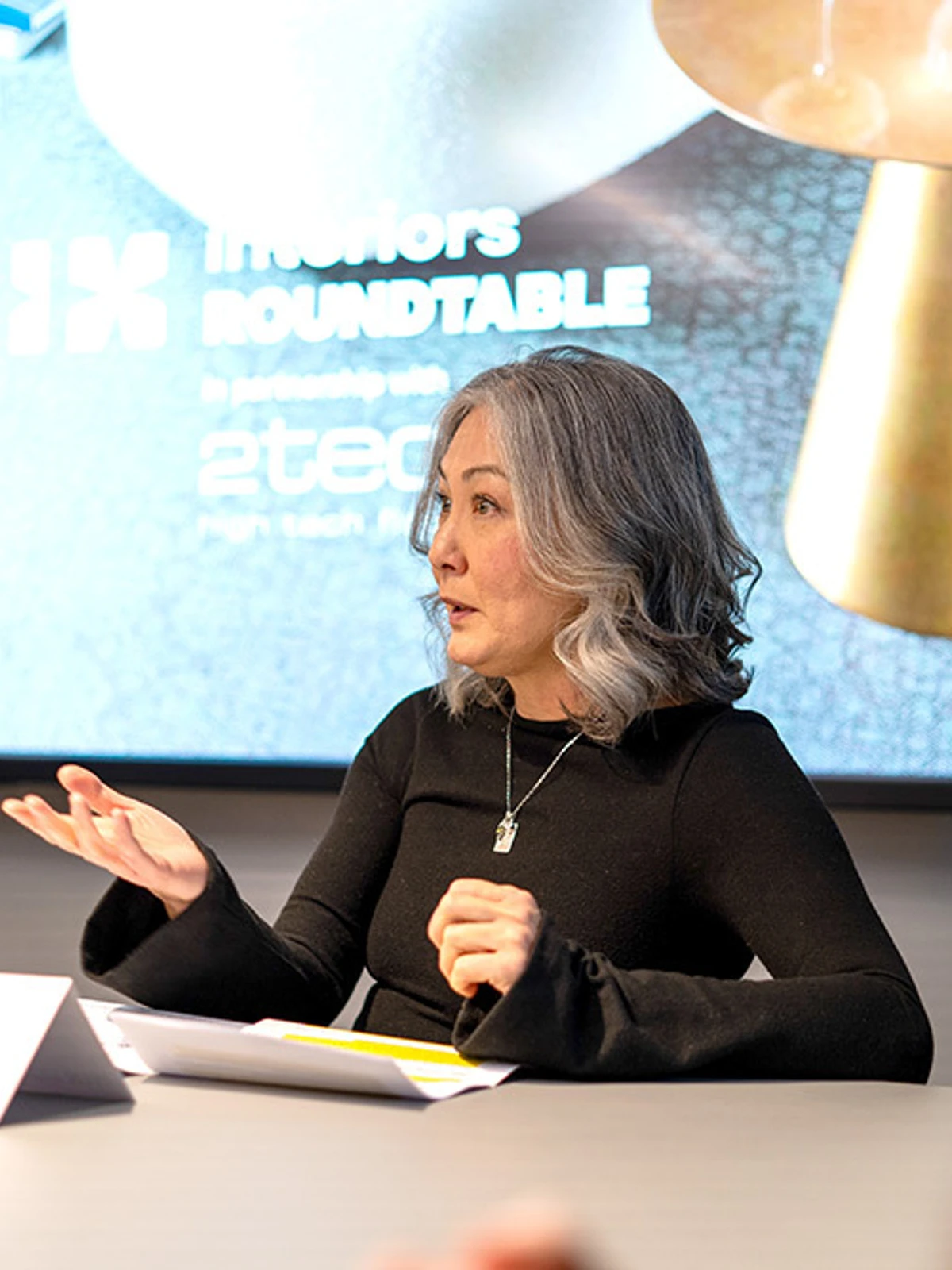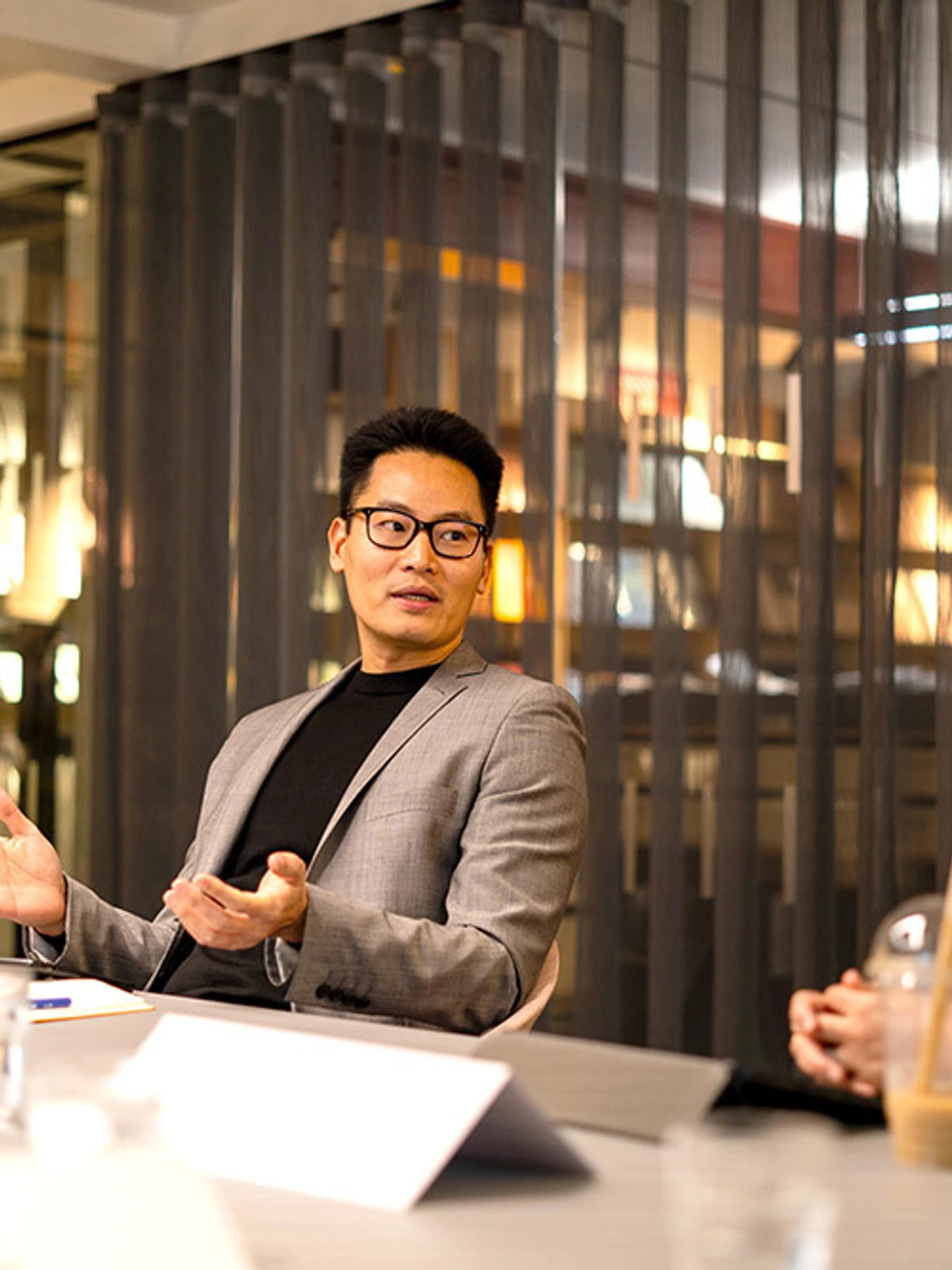In this partnership with magazine Mix Interiors, we sat down with different designers to discuss what constitutes meaningful innovation. For Grace Agar, our director for the UK, successful design needs to consider the natural world:
nature-derived principles can inform the realisation of spaces and materials, but we also need to address our impact on the planet.
When the experts around the table were asked what they felt the greatest innovation shaping the design landscape today is, most suggested AI, perhaps the most disruptive force influencing the industry. But for Grace Agar, our 2TEC2 representative, it’s imperative that meaningful progress is connected not just to how we design but what we design – specifically in relation to sustainability and circularity. It’s innovation in materiality that she finds the most exciting then, and where advancement can potentially generate the most impact.
“For us, the ecosystem is what we really need to consider, because we’re all part of it,” she explained, “how we’re affecting it, how we can protect it and how we can enhance it. Innovation is at its most powerful when it allows us to create better and more sustainable materials, or if it can affect the means of production to reduce our impact on the planet. We make our flooring, at 2TEC2, with bio-based yarn for example, so the carbon is extracted from soy plants once the soybeans have been removed, so that’s a really positive innovation. Similarly, some of the evolutions in ways of working are making a positive difference, such as tp bennett’s (partner in this Mix Roundtable) sustainability questionnaire [part of the studio’s proprietary platform for responsible sourcing] – which forces manufacturers to separate the greenwashing from the reality. That could be viewed as a genuine innovation in how designers specify; the information they use to inform their decisions.”

And it’s not just design practices that are considering how their own working environments can flex to better serve their users. At 2TEC2, the emphasis is less on data and more on bolstering a connection to the natural world.“
There was building site that was for sale right next door to the HQ,” Agar explains, “and it’s been turned into this beautiful garden, an orchard. It’s just somewhere to hang out and have your lunch. It’s really people-centric and rooted in the understanding that people do need a link to nature.”
“It’s how we’re hardwired,” continued Giang Le, Associate Director at M Moser, “It’s innately human to seek out that connection and for us, as designers, to think about how we can nod to the natural environment in the spaces we create – something that got lost a bit through urbanisation. That’s where lighting, air quality, acoustics and materiality can be deployed thoughtfully, to try and recreate principles we see in the natural world.”
Read the full article here.

